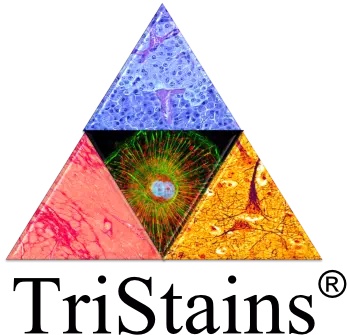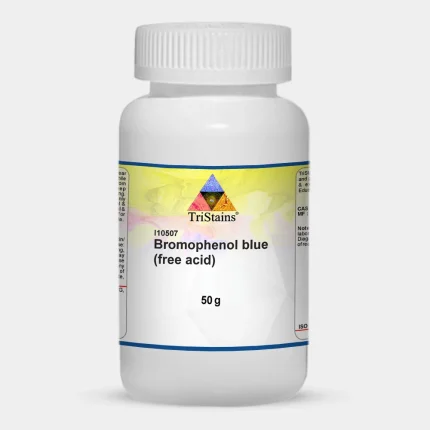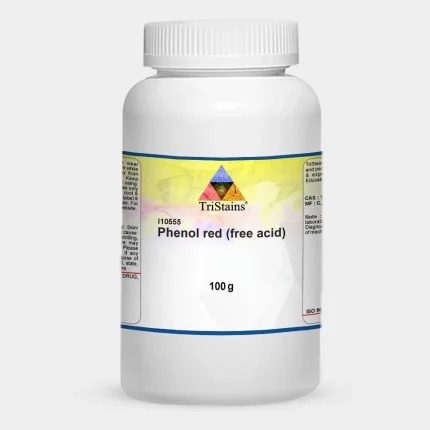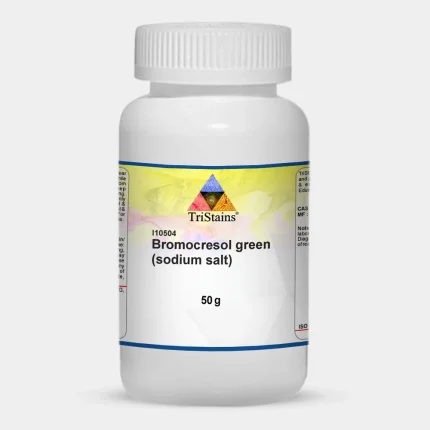Hydroxy naphthol blue disodium salt CAS: 165660-27-5 | MF: C20H12N2O11S3Na2 | MW: 598.49, Buy now for accurate and Reproducible results from Tristains indicators. All Tristains products are exclusively distributed by Dawn Scientific Inc.
Hydroxy naphthol blue disodium salt is a chemical compound belonging to the class of azo dyes commonly used as a pH indicator. It exists as small blue crystals. Its chemical formula is C20H12N2O11S3Na2. Hydroxy naphthol blue disodium salt, also known as Solochrome Azurine, is a synthetic dye commonly used as an indicator in analytical chemistry. In its acidic form, it appears as a yellowish-orange powder, and upon alkaline conditions, it transitions to a blue color. It’s generally soluble in water, which makes it convenient for various analytical applications.
TriStains provides a marketplace for histology and biological stains, which is comprehensive enough to encompass the peculiar requirements of laboratories specializing in Histology, Cytology, Microbiology, and Hematology. With a reputation for exceeding quality expectations, TriStains performance is outstanding which allows for resolution of cell and tissue components fundamental to life sciences to be clearly visualized. Each product under TriStains series is validated for accuracy, reliability and consistency. TriStains, which manufactures and markets stains and indicators in various packing, offers laboratories turn key solutions for all their staining and indicator needs, improving accuracy in every experiment.
Application :
- Hydroxy naphthol blue disodium salt is commonly used as an indicator in complexometric titrations, particularly for the determination of metal ions like calcium, magnesium, and zinc. It changes color at pH range 12-13 from blue to reddish pink, in the presence of calcium ions and to deep blue in the presence of disodium ethylenediaminetetraacetic acid (EDTA).
- In biological research, it’s sometimes used as a stain for cellular structures due to its ability to bind with certain molecules and tissues, aiding in visualization under microscopes.
- It is utilized in various analytical procedures, including spectrophotometry and colorimetry.
- Due to its sensitivity to pH changes, it’s employed in water testing to determine the alkalinity of water samples.
Benefits :
- Versatile and stable
- Cost-effective and easy to use
- Highly sensitive to pH changes













Reviews
There are no reviews yet.